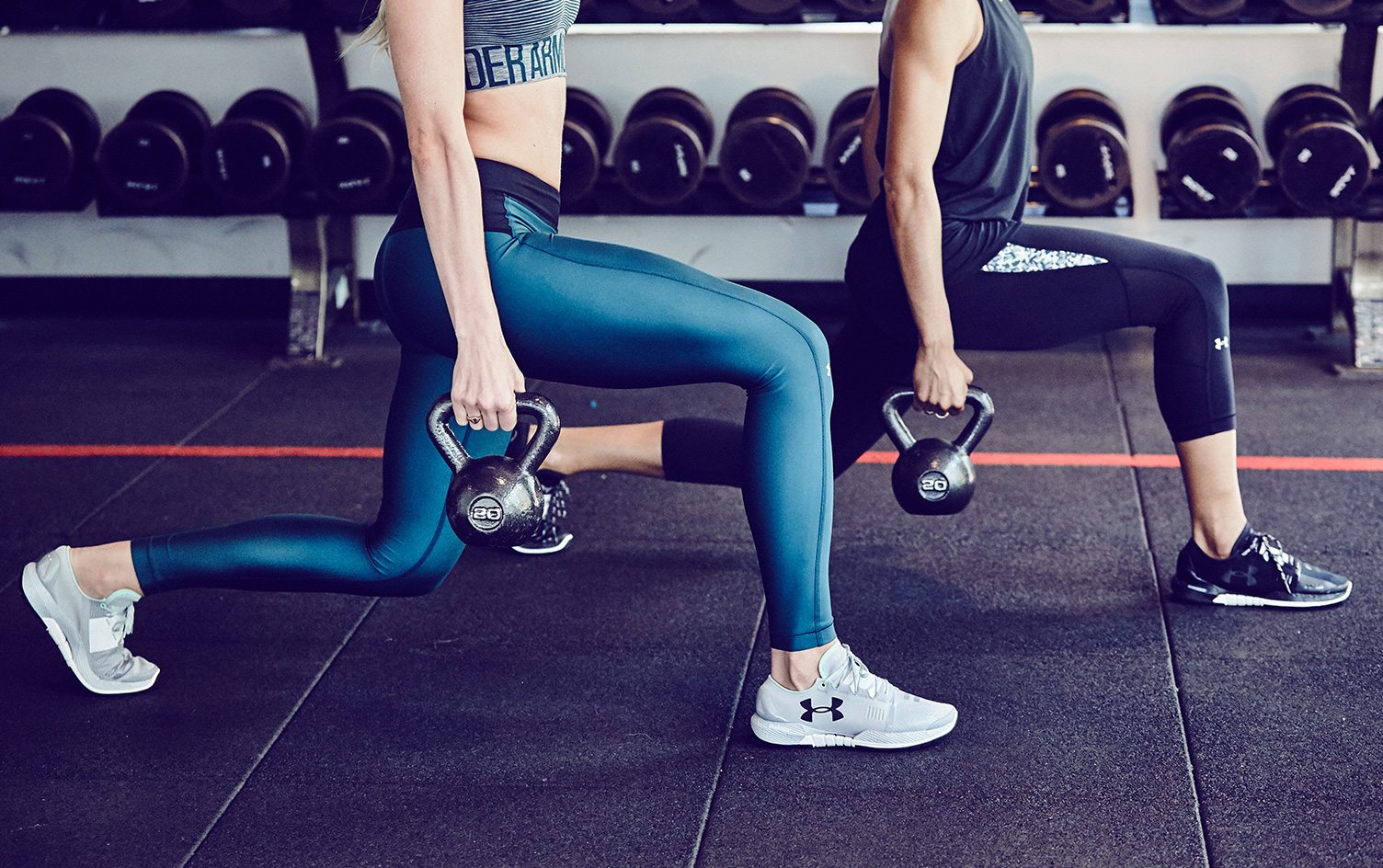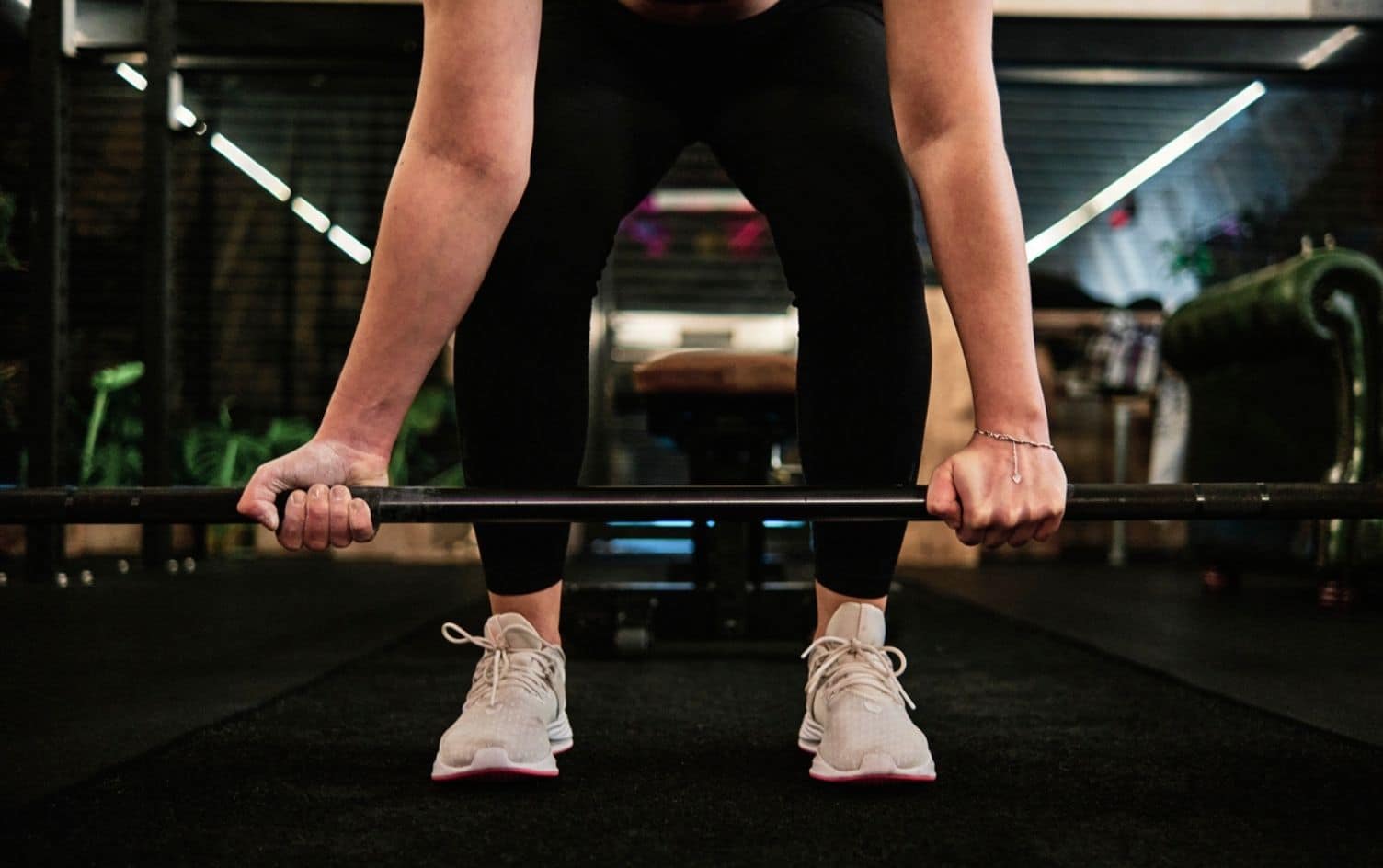You’ve long heard that intriguing rumor about how lifting weights and building muscle burns fat. It’s not just wishful thinking: Science supports this sweet-sounding promise. But still, it’s a bit tricky to fully understand exactly how pumping iron battles the bulge. Here’s our crack at explaining it — with the help of fitness experts, of course.
HOW MUSCLE BOOSTS YOUR BMR
Warning: Math ahead. But don’t worry. The equations are pretty simple. In fact, there are just three numbers involved:
Total Calories Burned = Basal Metabolic Rate (BMR) + Activity
Activity is what many fitness articles spend their time talking about: What exercises you should do, when you should them and so on. It also includes any movement that does not qualify as exercise, i.e. the energy you expel when you stroll to the mailbox, take the stairs at work or cook dinner for friends.
What we’re more concerned with here is your BMR, or the baseline number of calories your body burns just by being alive. Your brain, heart and organs require a constant stream of energy. Your muscles are also metabolically active tissues. Though you don’t hold a ton of influence over what your other major organs do, you do have a say in how much heat your muscles add to your metabolic fire.
“You can’t make your brain burn more calories, and you can’t make the organs in your torso burn more calories,” explains Mike Roussell, PhD and author of “The Meta Shred Diet.” “Muscle is the major determinant of calorie burn that you have power over.”
The more muscle you have, the more calories your body burns at its baseline as you rest. The rule also applies when you move: The more muscle you carry, the more calories get scorched when you’re active.
“When you have more muscle, you burn more calories during everyday tasks such as housework, gardening or even unpacking your groceries,” confirms Lee Bell, who holds a masters degree in exercise physiology and is a lecturer at The Muscle Mechanic UK.

THE NON-MUSCLE BENEFITS OF RESISTANCE TRAINING
So more muscle burns more calories. That much seems simple. Where things get more complex is the cascade of bodily responses that get set off when you do weight training.
“The things that you do to build muscle create a hormonal environment and stimulate your physiology in a way that makes fat loss better,” Roussell says.
For example, when you lift weights your body releases adiponectin, a hormone that enhances insulin sensitivity, meaning it makes your muscles more apt to take in sugar and carbohydrates, Roussell says.
“Lifting weights increases blood flow to your muscles, increases nutrient delivery to your muscles and sensitizes your muscles to take up carbohydrates,” Roussell says. The positive effect here works like compounding interest. The more muscle and less body fat you have, the more insulin sensitive you’re going to be, Roussell explains.
Resistance training also improves something called “nutrient partitioning.” Basically this means that, after lifting, your body is more likely to use the food you eat for good (building and repairing muscle) rather than evil (turning it into fat).
“The more you’ve activated, the easier your body finds it to divert incoming calories into maintaining that muscle as opposed to storing it in fat cells,” Bell says.
To help you harness the fat-burning effects of weight training, Bell recommends two techniques. The first is called “Escalating Density Training,” or EDT. In it, you simply pick two exercises that work opposing muscle groups — pushups (chest) and rows (back), for example. Next you set a stopwatch for a block of time, like 15 minutes. Then you alternate back and forth between those two exercises, performing no more than 5 reps per set and resting as needed. As the workout wears on and you start to fatigue, you may need to cut reps per set. That’s OK. The goal is to accumulate a large number of reps across the entire time period. Record the total number you’ve hit when the clock strikes zero, then try to beat it the next time you do the workout.
READ MORE > WHY MUSCLES SHAKE DURING A TOUGH WORKOUT
The second technique Bell recommends is “Peripheral Heart Action.” Though similar to EDT, there is one key difference. Rather than working opposing muscle groups, you alternate between an upper-body and lower-body exercise.
“Going from upper body to lower body and back again is a real challenge,” Bell says. “Focus your sessions on big, multi-muscle exercises such as squats, deadlifts, presses and pulls. These burn more calories and target more muscles in less exercises.”
As we’ve already explained, the more muscles you have working, the more calories — and fat — you’ll burn, and the better your body will perform after your workout.




